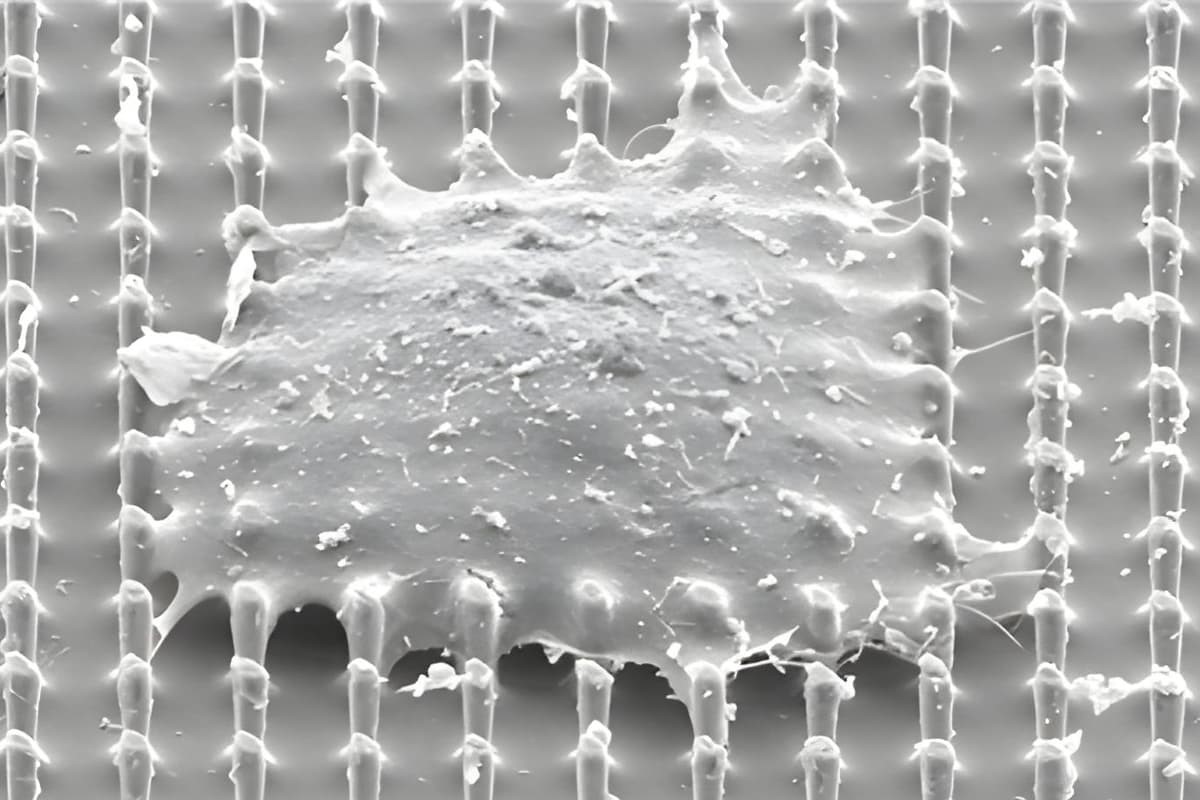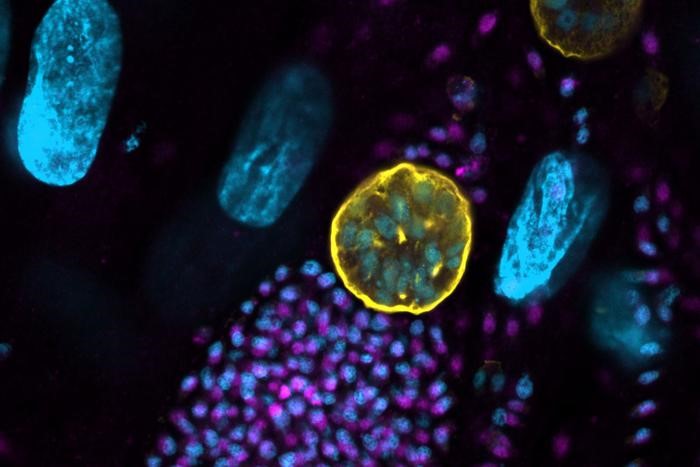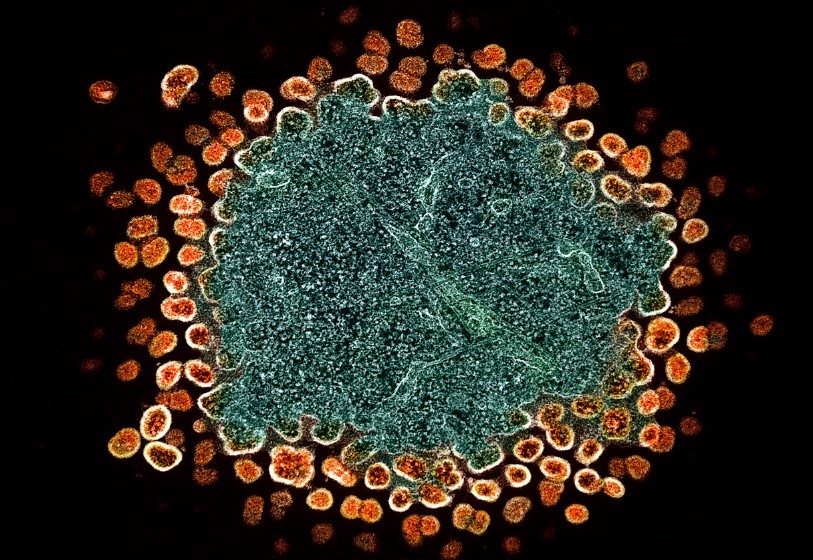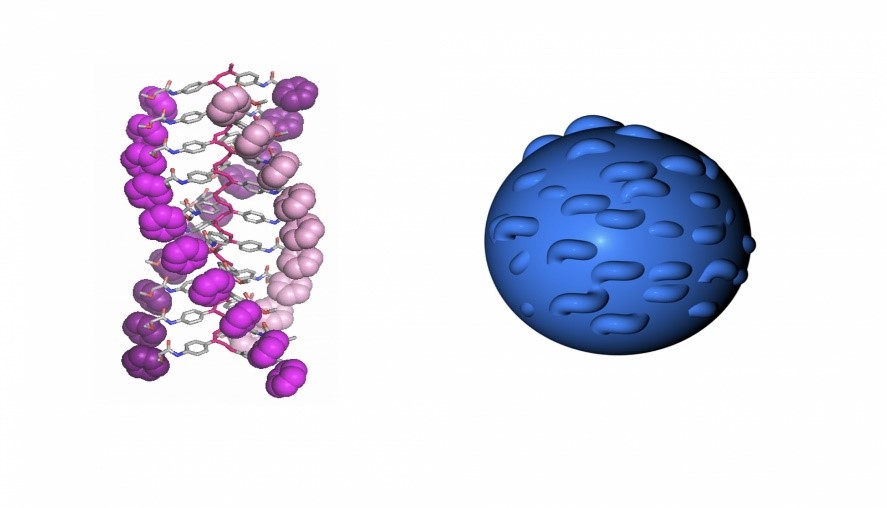UC San Diego Researchers Develop Soft, Stretchy Electronic Device for Realistic Touch Sensations
Researchers at the University of California San Diego have developed a soft, stretchy electronic device that can simulate the sensation of pressure or vibration when worn on the skin. Detailed in a paper published in Science Robotics, this innovation is a step towards haptic technologies capable of producing a wider and more realistic range of touch sensations.
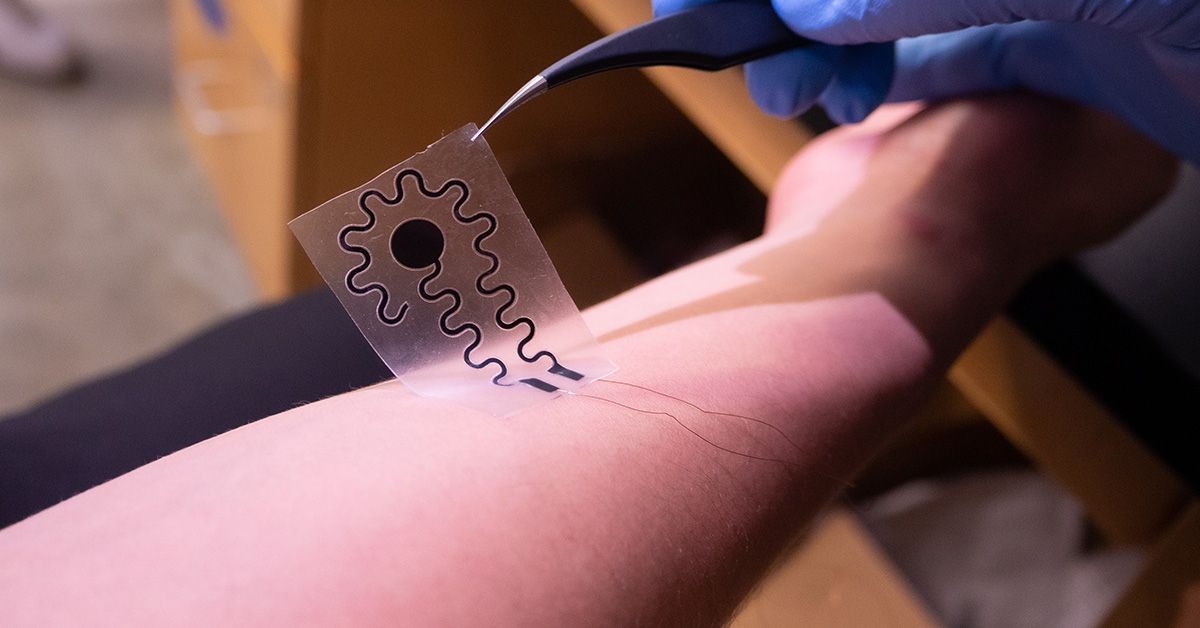
Figure 1. Soft and Stretchable Electrode. (Credit: Liezel Labios/UC San Diego Jacobs School of Engineering)
The device comprises a soft, stretchable electrode attached to a silicone patch, designed to be worn like a sticker on the fingertip or forearm. Connected to an external power source through wires, the electrode delivers mild electrical currents to the skin, generating sensations of pressure or vibration depending on the signal's frequency. Figure 1 shows the soft, stretchable electrode recreates sensations of vibration or pressure on the skin through electrical stimulation.
“Our goal is to create a wearable system that can deliver a wide gamut of touch sensations using electrical signals—without causing pain for the wearer,” explained study co-first author Rachel Blau, a nanoengineering postdoctoral researcher at the UC San Diego Jacobs School of Engineering.
Traditional technologies that simulate touch through electrical stimulation often cause pain due to the rigid metal electrodes that don't conform well to the skin. The gaps between these electrodes and the skin can result in painful electrical currents.
To overcome these challenges, Blau and a team of researchers led by Professor Darren Lipomi from the Aiiso Yufeng Li Family Department of Chemical and Nano Engineering at UC San Diego created a soft, stretchable electrode that conforms seamlessly to the skin.
The electrode is crafted from a new polymer material combining two existing polymers: PEDOT, a conductive, rigid polymer, and PPEGMEA, a soft, stretchy polymer. “By optimizing the ratio of these [polymer building blocks], we molecularly engineered a material that is both conductive and stretchable,” Blau noted [1].
Laser-cut into a spring-shaped, concentric design and attached to a silicone substrate, this design enhances the electrode's stretchability and ensures that the electrical current is directed to a specific location on the skin, providing localized stimulation to prevent pain,” said Abdulhameed Abdal, a Ph.D. student in the Department of Mechanical and Aerospace Engineering at UC San Diego and the study’s other co-first author. Abdal and Blau collaborated with UC San Diego nanoengineering undergraduates Yi Qie, Anthony Navarro, and Jason Chin on the synthesis and fabrication of the electrode.
In tests involving 10 participants who wore the electrode device on their forearms, researchers collaborated with behavioral scientists and psychologists at the University of Amsterdam to first determine the lowest detectable level of electrical current. They then adjusted the electrical stimulation frequency, allowing participants to experience sensations categorized as pressure or vibration [2].
“We found that by increasing the frequency, participants felt more vibration rather than pressure,” Abdal said. “This is interesting because biophysically, it was never known exactly how current is perceived by the skin.”
These new insights could lead to advanced haptic devices for applications in virtual reality, medical prosthetics, and wearable technology.
The paper, “Conductive Block Copolymer Elastomers and Psychophysical Thresholding for Accurate Haptic Effects,” includes co-authors Alexander X. Chen, Tarek Rafeedi, Robert Ramji, Taewoo Kim, Laura L. Becerra, Samuel Edmunds, Samantha M. Russman, Shadi A. Dayeh, and David P. Fenning from UC San Diego, and Nicholas Root and Romke Rouw from the University of Amsterdam.
This research was supported by the National Science Foundation Disability and Rehabilitation Engineering program (CBET-2223566) and conducted in part at the San Diego Nanotechnology Infrastructure (SDNI) at UC San Diego, a member of the National Nanotechnology Coordinated Infrastructure, supported by the National Science Foundation (grant ECCS-1542148).
Source: University of California - San Diego
References:
- https://phys.org/news/2024-06-soft-stretchy-electrode-simulates-sensations.html
- https://interestingengineering.com/innovation/soft-robotics-haptic-tech
Cite this article:
Hana M (2024), UC San Diego Researchers Develop Soft, Stretchy Electronic Device for Realistic Touch Sensations, AnaTechMaz, pp. 256







